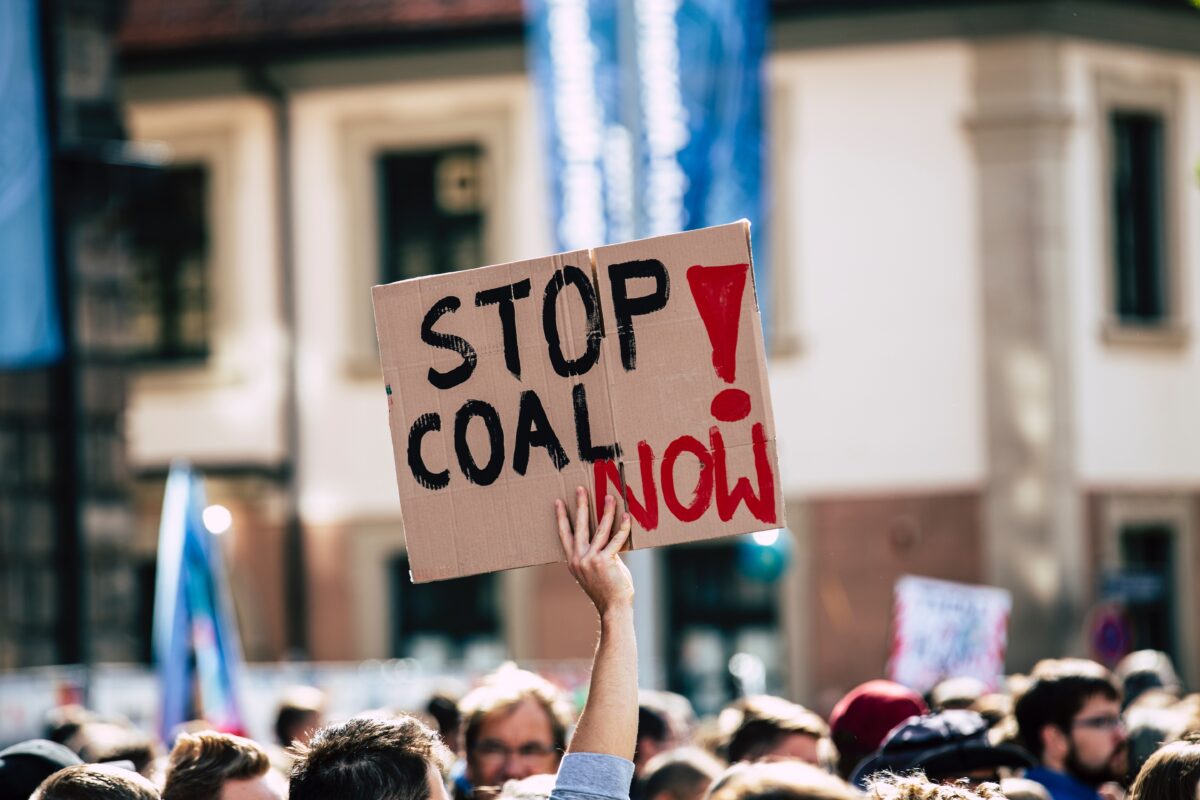By Dr. Snjólaug Árnadóttir. The climate crisis unveils legal gaps and inequitable outcomes of existing laws. Proposed projects which attempt to prevent and mitigate the impacts of climate change often fall into a legal lacuna. In particular, new methods for carbon dioxide removal are being developed to mitigate the adverse effects of the climate crisis, but legislators struggle to keep up with these developments, creating a host of legal gaps and uncertainties. There is an urgent need to bridge the gap between law and emerging industries and this calls for innovative lawyers to clarify the scope of existing laws and, in some instances, influence legal reform.
Tag: Carbon Emissions
By Jeanette Baumann. Lawyers play a crucial part in building and defining the framework of environmental action — they advise, communicate, represent, conduct research and analysis, prepare legal documents and interpret the law. The huge potential of legal action to provide solutions to the climate catastrophe heightens the need to focus on the lawyer’s carbon handprint and unleash the inherent multiplier effect lawyers can have for the betterment of society. As the Pledge argues, we need lawyers to integrate environmental action into all of their activities.


